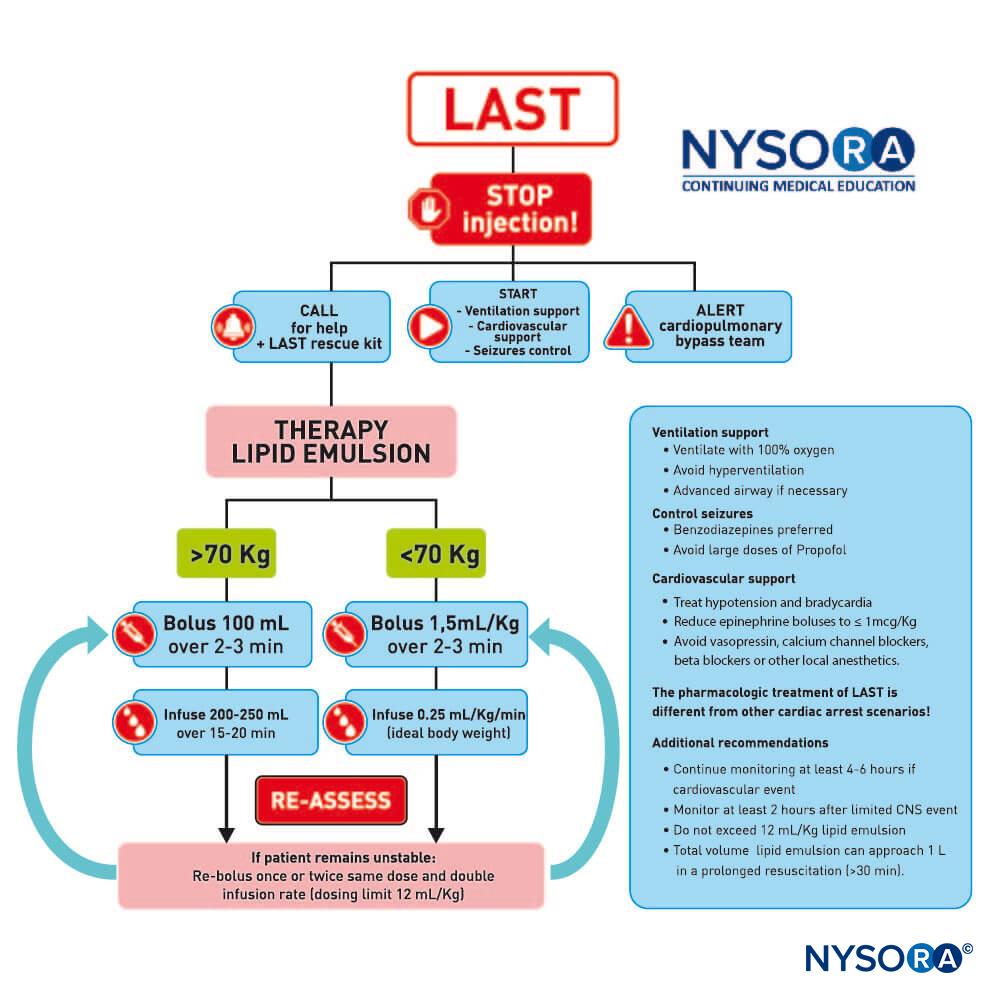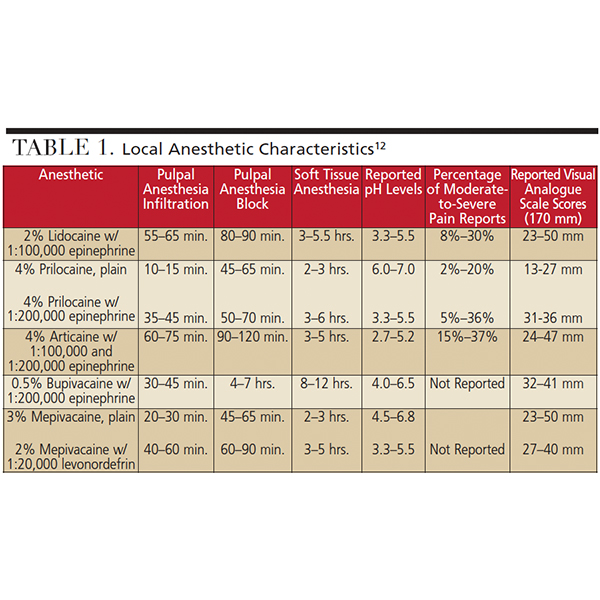


For this reason, infiltration in the maxilla achieves a higher success rate than the mandible, where the cortical plate covering the root is thicker. The maxillary cortical bone is generally thinner diffusion of the anesthetic through this bone is more readily achievable. 7 However, the cortical bone of the body of mandible can essentially block the anesthetic during a local infiltration at the root apex. This is best achieved by delivery of the local anesthetic at the root apex. The goal of local anesthesia for root canal procedures is to anesthetize the pulpal neurons and the periapical area. Some factors that contribute to anesthesia failure are discussed, and remedies to overcome them are proposed. Adequate anesthesia can be achieved despite initial failure through patience, skillful delivery of the anesthetic, and understanding of the original cause of failure. This means that initial anesthesia failure in a tooth requiring root canal therapy is possible, but to use such occurrences as an excuse to proceed without proper anesthesia is unconscionable. True anesthesia failures (i.e., primary, secondary, and adjunct forms of anesthesia delivered skillfully that fail to anesthetize the pulp) are rare occurrences. Additional anesthesia, with alterations in technique or adjunct anesthesia devices, would often anesthetize such teeth.

Most studies measure the rate of failure by testing the tooth after 1 round of anesthesia. Although some study results reveal anesthesia failure rates of up to 80% in teeth with inflamed pulps, 2 clinicians should not conclude that such teeth cannot be anesthetized. 6 Overall, many factors have been theorized regarding the cause of anesthesia failure. 1 Factors influencing anesthesia success or failure include, but are not limited to, anatomical anomalies, 3 inflammation, 4 low pH of the injection site, 1,5 and psychological factors such as apprehension. Unfortunately, both of these assumptions are false and have resulted in many traumatized patients sharing their horror stories postoperatively with family and friends, thereby perpetuating the myth of the dreaded root canal procedure.Ī review of the literature reveals variable success rates in achieving anesthesia in the mandible and the maxilla. The second reason is a byproduct of the first it follows that if all teeth cannot be treated painlessly, then some degree of pain is inevitable if such procedures are performed. The first is that complete local anesthesia of all teeth is not always possible due to various local and systemic factors, such as low pH, presence of inflammation, patient apprehension, etc. 2 However, the belief by many clinicians that a mild amount of pain is possible in some teeth during the root canal procedure is based on 2 fundamental assumptions. 1 Root canal therapy in an irreversibly inflamed tooth requires an even higher degree of anesthesia and is more prone to failure. Due to direct manipulation of the myelinated A-delta and the unmyelinated C-afferent sensory neurons during a pulpectomy, this procedure is capable of producing intense, sharp pain if performed under inadequate anesthesia. Root canal therapy in a vital pulp requires a high degree of local anesthesia. The question we need to ask ourselves as professionals is: “Why?” Why should any of our patients suffer during this procedure? What is an acceptable level of anesthesia failure, and what should we do about it? Is pain during some procedures a necessity or a consequence of mismanagement? Is predictable, profound anesthesia a myth or a realistic expectation? This article explains some concepts in local anesthesia, outlines possible causes of its failure in patients undergoing root canal therapy, and proposes the goal that all root canal therapy can and should be performed completely painlessly intraoperatively. Expressions such as, “I’d rather have a root canal than do this or that horrible thing,” have been rampant the root canal experience has been the butt of jokes on television shows, in comedy clubs, and in advertisements. Over the past 20 years, the media has played a large role in equating the experience of root canal therapy with passing a kidney stone. The Hippocratic Oath urges us to “First, do no harm.” So, why is it that these succinct words often fall upon deaf ears? Mention the word root canal in public and you get reactions ranging from palpitation and sweating to seizures and fainting.

Considerations for Ensuring Complete Anesthesia During Endodontic CareĪlthough an emphasis is placed in the literature on instrumentation and obturation techniques, we cannot forget that a basic aspect of providing care is our ethical obligation to render it painlessly.


 0 kommentar(er)
0 kommentar(er)
